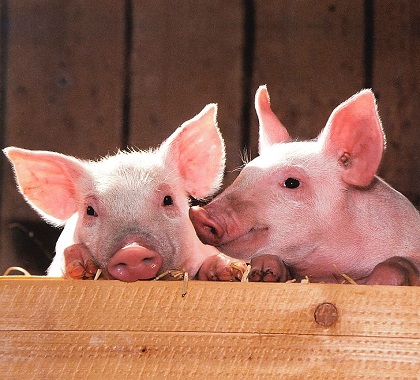With both chambers of Congress having approved House Resolution 2 (H.R. 2), also known as the Agriculture Improvement Act of 2018 or the “farm bill,” a congressional conference committee will reconcile differences between the two versions.
The farm bill authorizes funding for the Supplemental Nutrition Assistance Program (SNAP) food-stamp program, agricultural subsidy programs, and the operation of the U.S. Department of Agriculture through Fiscal Year 2023.
The House version of the bill, sponsored by U.S. Rep. Mike Conway (R-TX) and approved on June 21, strengthens work requirements for individuals receiving SNAP benefits. The Senate version, sponsored by U.S. Sen. Pat Roberts (R-KS) and approved on June 28, makes no changes to SNAP but includes an amendment by Sen. Chuck Grassley (R-IA) limiting the number of farmers who may receive subsidy payments on any particular farm.
The conference committee will merge the two versions, and if both houses of Congress approve the resulting bill, it will be sent to President Donald Trump for his signature.
Limiting Corporate Welfare
Vincent Smith, a professor of agricultural economics at Montana State University and a policy advisor for The Heartland Institute, which publishes Budget & Tax News, says the reforms in the Senate farm bill would help limit the ability of big businesses to game the system.
“The average farm, under these programs, gets less than $10,000 from the programs,” Smith said. “That tells you that most farms are not going to be affected by going from two eligible people to one eligible person. Who would be affected are likely the large farms, which one way or another have several ways of getting around certain eligibility restraints. If we go to one eligible person per farm, farms that are getting $300,000 to $400,000 a year from subsidies will no longer receive so much.”
Government in the Grocery Aisle
Caroline Kitchens, federal affairs manager and a policy analyst with the R Street Institute, says subsidizing agricultural businesses with taxpayer money encourages farmers to grow what the government wants, increasing costs and decreasing the variety of food choices available to consumers.
“In many cases, our farm subsidies create a lot of distortion in the marketplace,” Kitchens said. “They drive up costs for consumers and lead to the type of food supply a lot of consumers do not want. For example, when you think about the crops we that we subsidize most heavily, corn is up there. The emphasis on corn subsidies results in a lot of the high-fructose corn syrup-type foods that American consumers may not want.”
Smith says Grassley’s amendment would beneficially reduce the government’s influence on the food market.
“The Grassley amendment actually makes a difference,” Smith said. “With a good lawyer, relatively large farms can redesign themselves to get around the basic notion that, per farm, only two people are eligible to count as deserving subsidies for some major programs.
“Right now, there is a $125,000 limit for each eligible person under the main program,” Smith said. “Under the Grassley amendment, a farm will not be able to get $250,000 because of two eligible people. It will only be able to receive $125,000.”
‘Farming for Government Subsidies’
Kitchens says reducing the government’s role in agriculture would be a sweet deal for everyday people.
“There are only six major crops that get the lion’s share of government subsidies,” Kitchens said. “Most of the smaller specialty crops, organic crops, fruits, and vegetables pretty much receive no government assistance.
“Right now, a lot of farmers are farming for government subsidies rather than farming for what consumers want,” Kitchens said. “If we did not have the market-distorting subsidies, we would see it trend more toward healthier foods, or the things American consumers would rather eat.”




